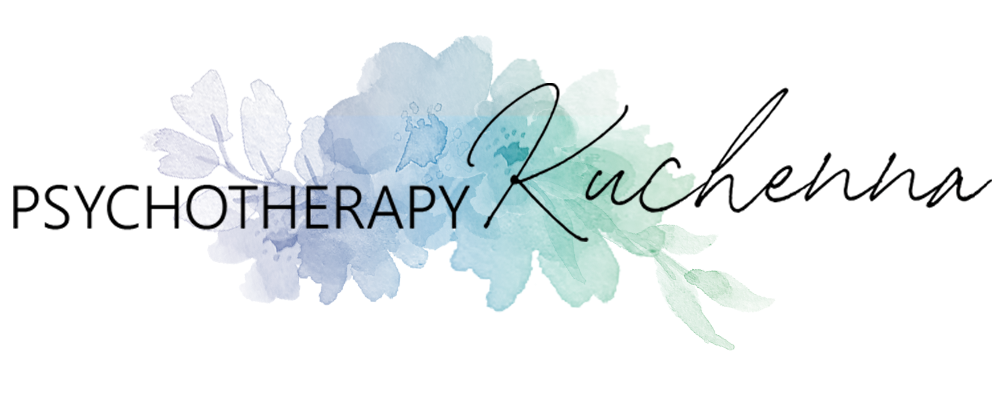The therapeutic relationship as it manifests in the different modes and modalities of therapy thus requires exploration and consideration, as it is the basis of success or failure of any therapeutic interventions.
At the heart of any successful psychotherapy is the quality of the therapeutic relationship, which is the working alliance formed between the therapist and the client. Psychotherapy takes place within the therapeutic frame, which is first a real physical space, the physical setting where counselling takes place. Second, it is also a temporal space, the therapeutic hour in which it happens and which itself sits in the day and the week of both the client and therapist. Third, it is an emotional space, in which the therapist sets aside all their other concerns, to focus entirely on the client, the material they bring and the process between them.
The therapeutic relationship is central to all therapy. The common theme to all therapeutic practice is the two-way interaction between client and therapist. This interaction is the context for all that happens in the therapeutic meeting. While the different approaches make sense of and work with this relationship in different ways, all to varying degrees have come to accept the centrality of the relationship and that the client and therapist together create the relationship.
Research shows that the core model of the therapist has much less influence on the outcome of therapy than previously thought. It is now considered that the therapeutic relationship itself is the most important aspect that the therapist can affect in therapy. Research also has identified common factors in the relationship that work across all approaches and all helping the relationship.

The definition of the therapeutic relationship identify three key elements for successful outcome:
- The collaborative nature of the relationship- this is that therapist and client work mutually together.
- The affective bond between client and therapist- there is an empathic understanding and trust shared by client and therapist.
- The client and therapist’s ability to agree on treatment goals and tasks- both parties have a shared perspective on the aim and activities in therapy.
The study also recognises core relationship factors that have been directly linked with outcomes in therapy:
- The positive engagement in therapy by client and therapist.
- Affective attitude, the communication of positive regard in the relationship.
- Interactive coordination, the ability of both parties to work together on the therapeutic task.
- Relational congruence, the development of a common understanding of what is happening in the relationship.
- Rapport and emphatic communication.
,We can now look at the therapist and how their way of being within the therapeutic encounter helps to facilitate the development of the therapeutic relationship. It’s important to note that the activity of psychotherapy is very much about ‘being’ rather than ‘doing’. The work of a psychotherapist is all about ‘being’. Physically, we are quiet passive, so it is reasonable to say that it is not about what the therapist does that makes him/her an effective therapist, but it is about how the therapist is, his/her way of being with another. This brings us to look at mindfulness, within the client- therapist relationship. Mindfulness is a way of paying attention with empathy, presence, and deep listening that can be cultivated, sustained, and integrated into work of psychotherapy through the ongoing discipline of meditation practice. Mindfulness can be thought of as a kind of shift from a ‘doing mode’ to a ‘being mode’. The ‘being mode’ places the therapist directly in the here-and-now encounter with the client.
Rogers argued that, in psychotherapy, it is the qualities exhibited by the counsellor and experienced by the client, within the therapeutic relationship, which form the building blocks of that relationship. Rogers believed that this relationship does not merely facilitate the process of therapy, it is the therapy. He stated that for successful therapy to take place, there were core conditions related to the attitude and modus operandi of the therapist. They were: empathy, unconditional positive regard, and congruence.
Empathy – is not an attitude or approach but a process, through which therapist attempt to see things through the eyes of the client, to inhabit their skin for that time.
Unconditional Positive Regard – it describes the attitude of acceptance, warmth, caring and interest towards the client and a willingness to acknowledge the separation between a person and their behaviour.
Congruence – is the willingness on the therapist’s part to be authentic within the relationship, to allow the external responses to the client to match as closely as possible to his/her internal process, but doing so in a sensitive manner, appropriate to the relationship.

Dr. John Norcross, defined the therapeutic alliance as referring to “the quality and strength of the collaborative relationship between client and therapist, typically measured as agreement on the therapeutic goals, consensus on treatment tasks, and a relationship bond.” Along with genuineness and empathy, this alliance signifies an integral part of the therapeutic relationship. Study shows, that this alliance plays an extremely important role in the change process.
It is important to note that a good psychotherapist will have a deep interest in their client as an individual and will see and relate to them in ways that are sensitively tailored to the person’s specific needs. A good therapist will always try to understand his/her client in a non-judgmental way. There is no one proven method of therapy- no one size fits all approaches to treatment, because no one is like the other. As a therapist, we need to remember that what works for one client doesn’t have to work for another. Everyone is unique, has their own unrepeatable story, and has different life baggage. It would be a huge sign of ignorance and hypocrisy on the therapist’s part if he/she would believe that one form/modality of therapy would work for every client. Therefore to be available to a client, and establish a solid relationship built on trust and understanding, the therapist has to be equally attuned to the client and their own state of being. As one said before: “Above all the, therapist must remain an authentic human being with genuine feelings”. When we think how many of our problems come from early issues in our relationship, it makes sense that much of our healing would occur within a relationship. An attuned therapist can offer a client not just a new way of looking at themselves but at relationships in general. However the therapist needs to create the safe space for a client, in order to help him/her meet their own truth.
We can define the client-therapist relationship, as the feelings and attitudes that therapist and client have toward one another and how these are expressed. This definition is general but concise, reasonably consensual, and theoretically neutral. Decades of research can guide therapists in what to do, what not to do, and how to adapt to individual clients and contexts, which can be very helpful but sometimes it is not enough. In the therapy room everything is real, and as therapists we need to remember to stay authentic with the client and with ourselves.
As therapists we have a duty of care towards our clients, to maintain healthy boundaries and to work according to code of ethics of acceptable behaviour within the association. The violation of the boundaries and ethics will result in an unhealthy therapeutic relationship. In some cases an unhealthy therapeutic relationship can cause significant harm to the person in therapy.
Bibligraphy:
- Gelso, C. J., & Hayes, J. A. (1998). The psychotherapy relationship: Theory, research, and practice. John Wiley & Sons Inc.
- Green, J. (2010). Creating the Therapeutic Relationship in Counselling and Psychotherapy. Great Britain. Learning Matters.
- Fonagy, P., & Allison, E. (2014). The role of mentalizing and epistemic trust in the therapeutic relationship. Psychotherapy, 51(3), 372–380. https://doi.org/10.1037/a0036505
- Hick, S. F., & Brien, T. (2010). Mindfulness and the Therapeutic Relationship. New York. The Guilford Press.
- Norcross, J. C. (2010). The therapeutic relationship. In B. L. Duncan, S. D. Miller, B. E. Wampold, & M. A. Hubble (Eds.), The heart and soul of change: Delivering what works in therapy(p. 113–141). American Psychological Association. https://doi.org/10.1037/12075-004
- Paul, S., & Charura, D. (2014). The Therapeutic Relationship Handbook. Theory and Practice. Berkshire. Open University Press.
- Paul, S., & Charura, D. (2015). An Introduction to the Therapeutic Relationship in Counselling and Psychotherapy. Great Britain. Sage.

